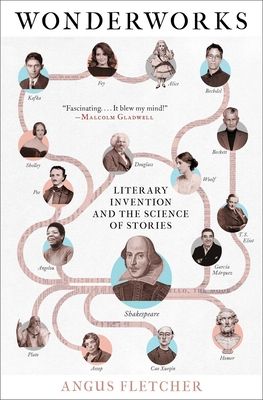Home
Handprints on Hubble: An Astronaut's Story of Invention
Loading Inventory...
Barnes and Noble
Handprints on Hubble: An Astronaut's Story of Invention
Current price: $17.95


Barnes and Noble
Handprints on Hubble: An Astronaut's Story of Invention
Current price: $17.95
Loading Inventory...
Size: Paperback
*Product Information may vary - to confirm product availability, pricing, and additional information please contact Barnes and Noble
The first American woman to walk in space recounts her experience as part of the team that launched, rescued, repaired, and maintained the Hubble Space Telescope
The Hubble Space Telescope has revolutionized our understanding of the universe. It has, among many other achievements, revealed thousands of galaxies in what seemed to be empty patches of sky; transformed our knowledge of black holes; found dwarf planets with moons orbiting other stars; and measured precisely how fast the universe is expanding. In
Handprints on Hubble
, retired astronaut Kathryn Sullivan describes her work on the NASA team that made all this possible. Sullivan, the first American woman to walk in space, recounts how she and other astronauts, engineers, and scientists launched, rescued, repaired, and maintained Hubble, the most productive observatory ever built.
Along the way, Sullivan chronicles her early life as a “Sputnik Baby,” her path to NASA through oceanography, and her initiation into the space program as one of “thirty-five new guys.” (She was also one of the first six women to join NASA’s storied astronaut corps.) She describes in vivid detail what liftoff feels like inside a spacecraft (it’s like “being in an earthquake and a fighter jet at the same time”), shows us the view from a spacewalk, and recounts the temporary grounding of the shuttle program after the Challenger disaster.
Sullivan explains that “maintainability” was designed into Hubble, and she describes the work of inventing the tools and processes that made on-orbit maintenance possible. Because in-flight repair and upgrade was part of the plan, NASA was able to fix a serious defect in Hubble’s mirrors—leaving literal and metaphorical “handprints on Hubble.”
was published with the support of the MIT Press Fund for Diverse Voices.
The Hubble Space Telescope has revolutionized our understanding of the universe. It has, among many other achievements, revealed thousands of galaxies in what seemed to be empty patches of sky; transformed our knowledge of black holes; found dwarf planets with moons orbiting other stars; and measured precisely how fast the universe is expanding. In
Handprints on Hubble
, retired astronaut Kathryn Sullivan describes her work on the NASA team that made all this possible. Sullivan, the first American woman to walk in space, recounts how she and other astronauts, engineers, and scientists launched, rescued, repaired, and maintained Hubble, the most productive observatory ever built.
Along the way, Sullivan chronicles her early life as a “Sputnik Baby,” her path to NASA through oceanography, and her initiation into the space program as one of “thirty-five new guys.” (She was also one of the first six women to join NASA’s storied astronaut corps.) She describes in vivid detail what liftoff feels like inside a spacecraft (it’s like “being in an earthquake and a fighter jet at the same time”), shows us the view from a spacewalk, and recounts the temporary grounding of the shuttle program after the Challenger disaster.
Sullivan explains that “maintainability” was designed into Hubble, and she describes the work of inventing the tools and processes that made on-orbit maintenance possible. Because in-flight repair and upgrade was part of the plan, NASA was able to fix a serious defect in Hubble’s mirrors—leaving literal and metaphorical “handprints on Hubble.”
was published with the support of the MIT Press Fund for Diverse Voices.


















